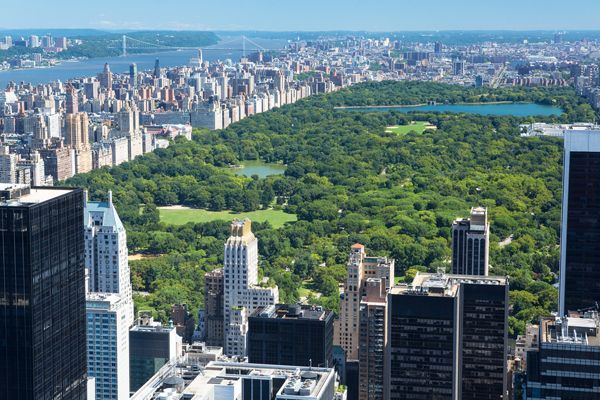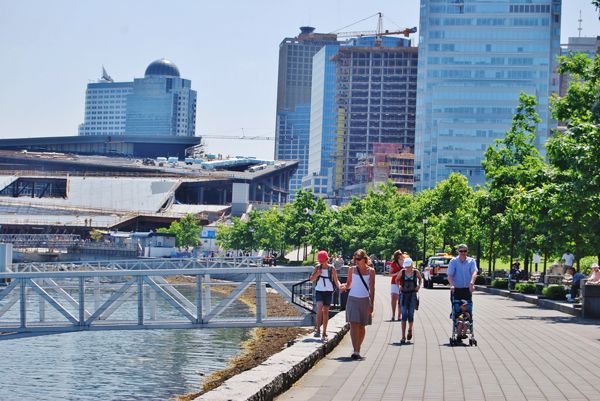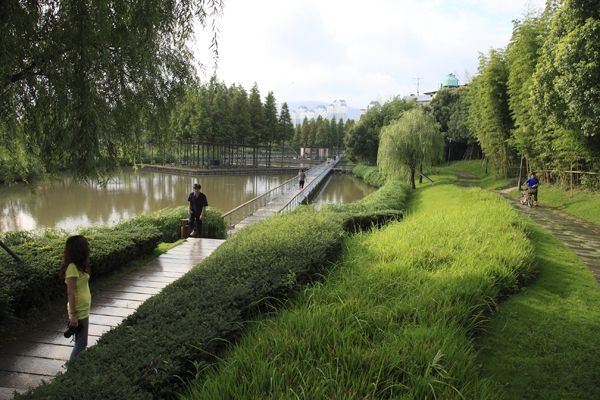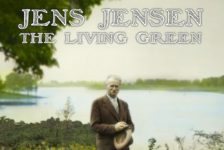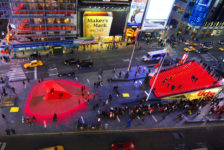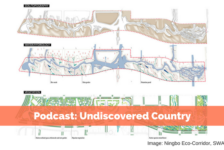Alan Reisman’s gripping book “The World Without Us” details what would occur after a sudden vanishing of human life from the Earth. Nature would reclaim the built environment through processes that would begin within hours of the end of human intervention. But what if there were a world without “us,” as in those of us who guide change in the landscape, both throughout history and going forward? Here we will explore how things would have been different, as well as potential consequences going forward if the world was without landscape architects! Urban Design The idea of a “central park” is not unique to New York City. Many other cities of all shapes and sizes have developed around a communal green space that provides people with an area of respite away from the hustle and bustle of city life. Without landscape architects, what would have taken the place of parks? Government centers, massive transit hubs, and superstructures may have become the centerpieces to urban form. Without parks and public spaces as integral parts of daily life, perhaps people would have fled cities altogether in search of less claustrophobic surroundings.
Access to Nature Landscape architects have played a crucial role in the planning of hiking trails, bikeways, and jogging paths that provide humans with a means of connectivity and recreation. Given the option, many people have opted to make a scenic bike ride to work a relaxing part of their day. On a larger scale, design has allowed for a wider audience to experience wonders of nature that were previously off limits or difficult to get to. By creating environmentally sensitive plans for state and national parks and other natural areas of interest, there is now incredible accessibility for all to take in the sights and sounds of the world’s most pristine places. See also Top 10 Walkable Cities Ecology The development of urban, rural, and suburban areas has reduced biodiversity at varying levels, but would have been much worse without ecologically minded people as part of the design team. By selecting native plantings and advocating for the removal of invasive species, we have prevented the total destruction of many of the Earth’s unique ecosystems. Just the existence of plants in cities helps filter air pollution and maintains a healthy air quality for urban inhabitants. On the fringes, strategic preservation and planting have saved species of plants and animals alike from extinction. Many of these are essential parts of biological cycles that provide food and medicine that we rely on heavily. Good book to read: Planting: A New Perspective by Piet Oudolf and Dr. Noel Kingsbury
The Highline is a great example of a planting scheme increasing biodiversity in an urban area; credit: shutterstock.com



